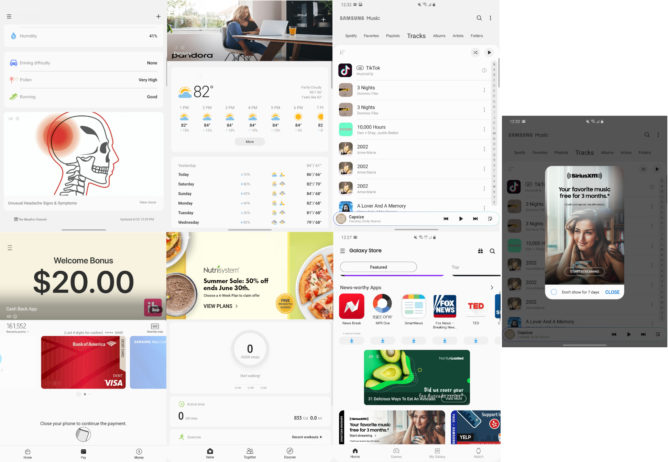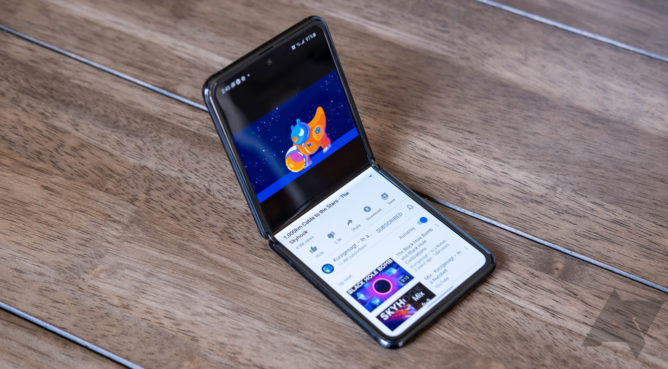I’ve seen a lot of people — including those who are supporting the publishers’ legal attack on the Internet Archive — insist that they “support libraries,” but that the Internet Archive’s Open Library and National Emergency Library are “not libraries.” First off, they’re wrong. But, more importantly, it’s good to see actual librarians now coming out in support of the Internet Archive as well. The Association of Research Libraries has put out a statement asking publishers to drop this counter productive lawsuit, especially since the Internet Archive has shut down the National Emergency Library.
The Association of Research Libraries (ARL) urges an end to the lawsuit against the Internet Archive filed early this month by four major publishers in the United States District Court Southern District of New York, especially now that the National Emergency Library (NEL) has closed two weeks earlier than originally planned.
As the ARL points out, the Internet Archive has been an astounding “force for good” for the dissemination of knowledge and culture — and that includes introducing people to more books.
For nearly 25 years, the Internet Archive (IA) has been a force for good by capturing the world’s knowledge and providing barrier-free access for everyone, contributing services to higher education and the public, including the Wayback Machine that archives the World Wide Web, as well as a host of other services preserving software, audio files, special collections, and more. Over the past four weeks, IA’s Open Library has circulated more than 400,000 digital books without any user cost—including out-of-copyright works, university press titles, and recent works of academic interest—using controlled digital lending (CDL). CDL is a practice whereby libraries lend temporary digital copies of print books they own in a one-to-one ratio of “loaned to owned,” and where the print copy is removed from circulation while the digital copy is in use. CDL is a practice rooted in the fair use right of the US Copyright Act and recent judicial interpretations of that right. During the COVID-19 pandemic, many academic and research libraries have relied on CDL (including IA’s Open Library) to ensure academic and research continuity at a time when many physical collections have been inaccessible.
As ARL and our partner library associations acknowledge, many publishers (including some involved in the lawsuit) are contributing to academic continuity by opening more content during this crisis. As universities and libraries work to ensure scholars and students have the information they need, ARL looks forward to working with publishers to ensure open and equitable access to information. Continuing the litigation against IA for the purpose of recovering statutory damages and shuttering the Open Library would interfere with this shared mutual objective.
It would be nice if the publishers recognized this, but as we’ve said over and over again, these publishers would sue any library if libraries didn’t already exist. The fact that the Open Library looks just marginally different from a traditional library, means they’re unlikely to let go of this stupid, counterproductive lawsuit.




